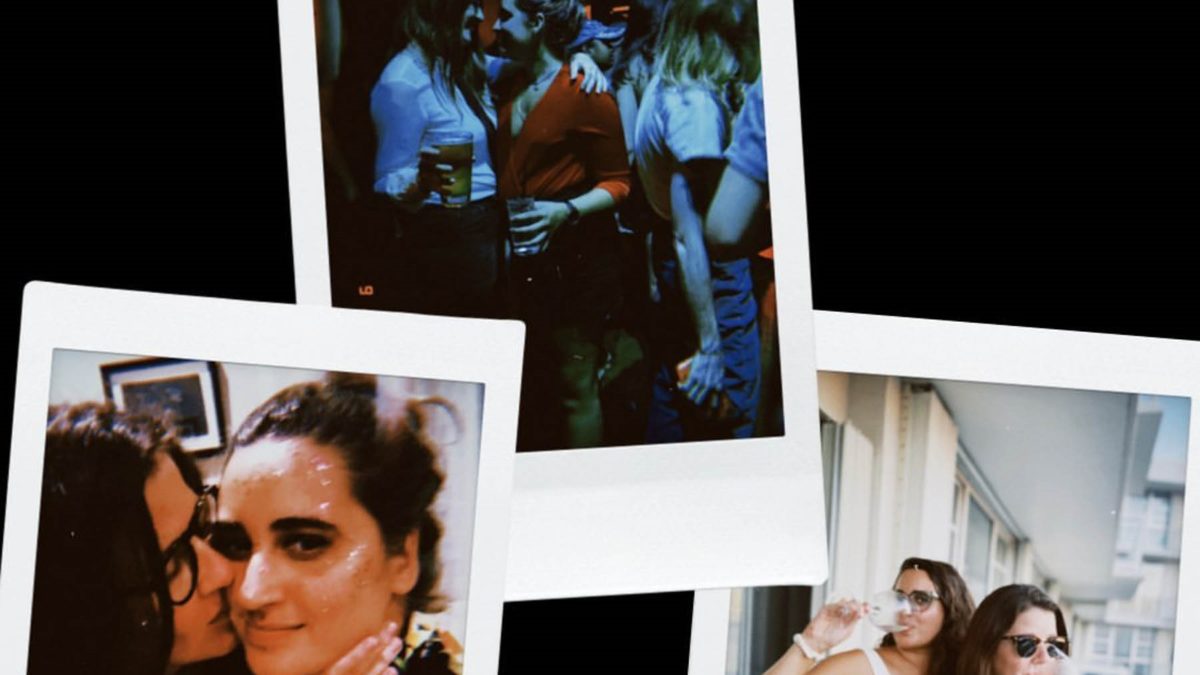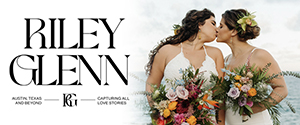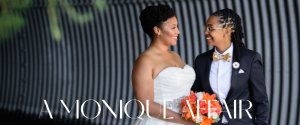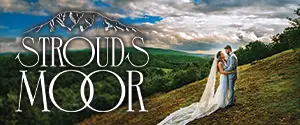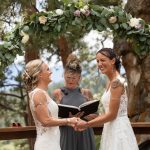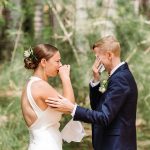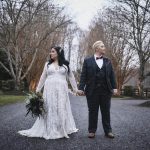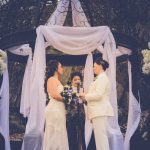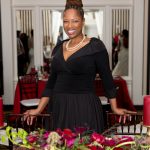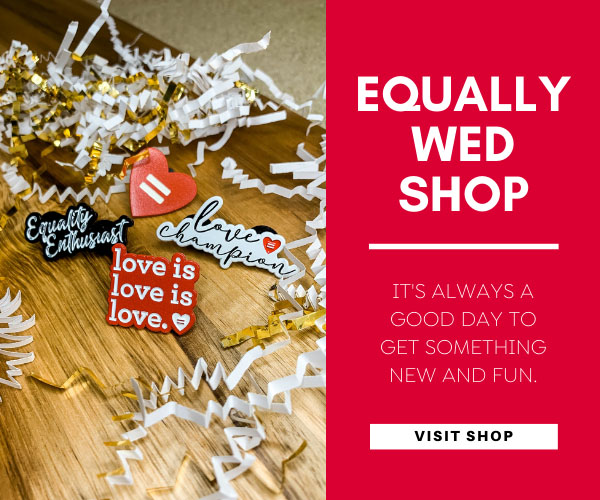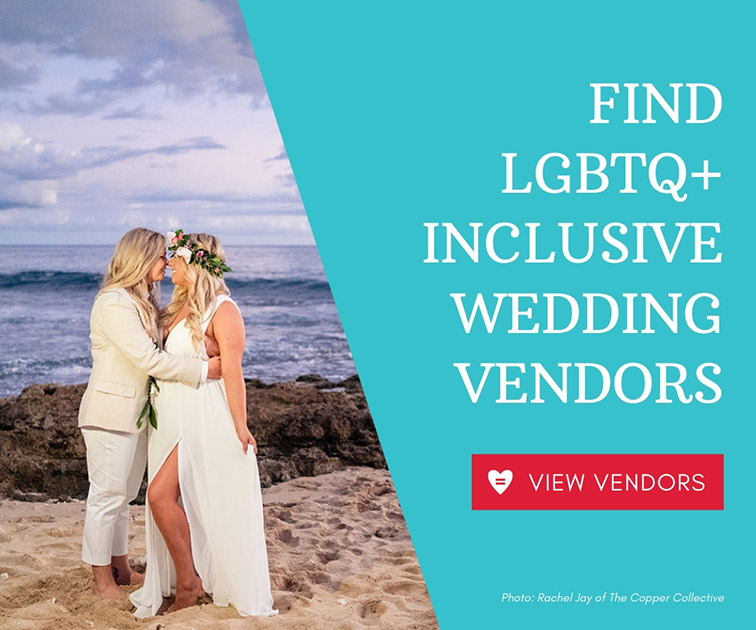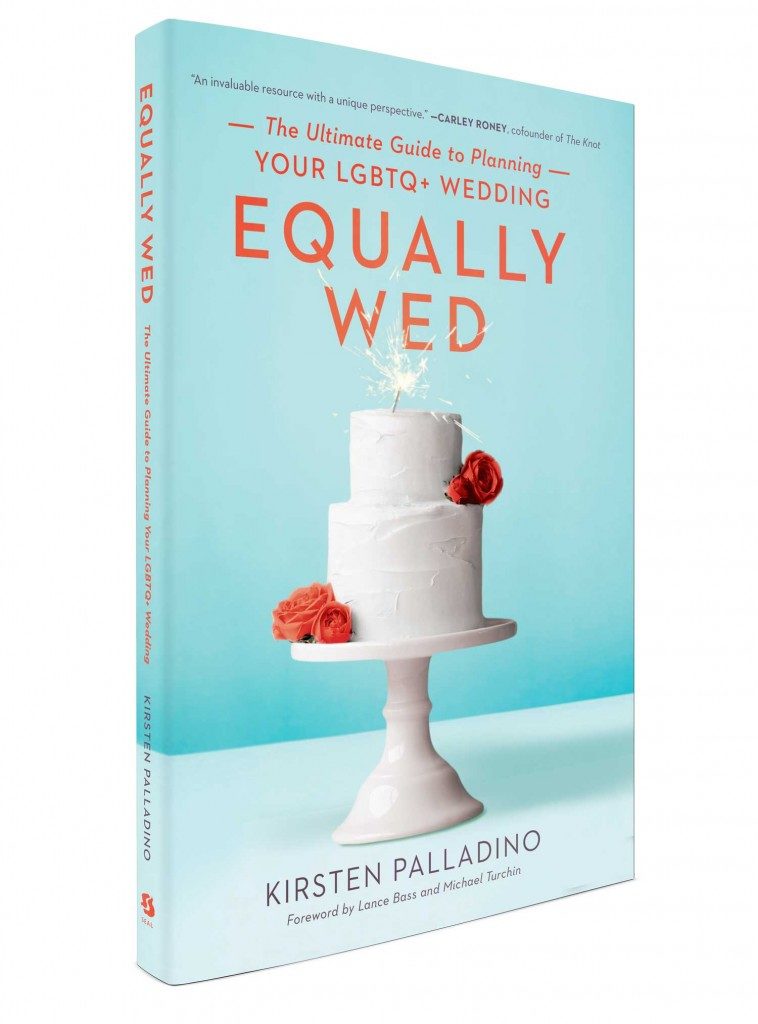An online love story that doesn’t start on Hinge or end with a true crime murder? It’s more likely than you’d think.
Let’s set the scene. It’s Valentine’s Day 2019. A wine-drunk writer decides to shoot their shot, as the kids say, and sends a hastily crafted message to a stranger states away. The stranger is receptive. A conversation ensues. Four years later, they’re engaged and sharing their story for the world to swoon over.
The wine-drunk writer was “Mostly Dead Things” author and literary Twitter mainstay Kristen Arnett. The stranger was Autostraddle managing editor Kayla Kumari, who celebrated the fourth anniversary of that fateful DM with an installment of Interview With My Significant Other, an Autostraddle A+ series exclusive.
In the article, as well as in social media retellings of their love story, Kumari shares, “[Kristen’s] choice remains chaotic in my mind to this day. But oh, how happy I am that this stranger many states away decided to get wine drunk after work and then fire off a message to the girl whose thirst traps she’d been hearting on Instagram for many weeks.”
The blueprint for modern LGBTQ+ romance starts, time and again, on the internet. Even before the restrictions of a pandemic shifted our cultural expectations around finding your person, online dating was a safe place for folks to find potential partners without having to navigate the murky waters of awkwardly asking strangers, classmates, coworkers or friends if they’re… you know…
An effective replacement for the secret language and symbology of the LGBTQ+ communities of the 1900s and beyond, dating apps and online messaging serve as a convenient, relatively low stakes of networking your way to love and sex. In the past decade, societal attitudes toward meeting people on the internet have shifted drastically, with engagement columns proudly announcing that the couple met on Tinder. This normalization of online dating has shifted for people of all genders and sexualities but is particularly validating for those of us who fall on the decidedly not-straight spectrum.
Arnett and Kumari’s relationship is just one of many instances where taking the leap and sharing earnest interest has played out like a rom-com, a marriage plot shared not only on their own platforms but worthy of coverage in media outlets. To imagine such a (seemingly random) beginning leading to this (incredibly poignant) point is to imagine a world in which LGBTQ+ folks can, in fact, always find companionship. A world in which the risks we take actually work out. A world in which we can realistically aspire to building a public life, and even a family, without shame or retribution.
It is a parable that, in my estimation, encapsulates the good that technology has done for the queer community, allowing us to find and cherish our people. We have been denied the ability to share these silly little love stories for so long. There is relief–and perhaps even joy–to be found in the cocoon of LGBTQ+ romance, as evidenced by this and the explosively and justifiably popular story of Bill and Frank in HBO’s The Last of Us.
The moral of the story for both the wine-drunk strangers and the fictional lovers is not that representation matters (though it does, of course). It’s larger than that. It’s proof that the mundanity of LGBTQ+ love is something worth celebrating: radical but quiet, validating and beautiful.



